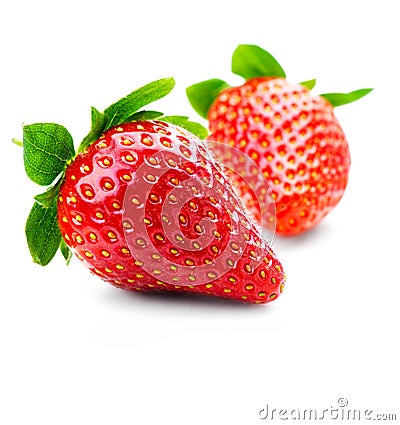In broad terms, a fruit is a structure of a plant that contains its seeds.
The term has different meanings dependent on context. In non-technical usage, such as food preparation, fruit normally means the fleshy seed-associated structures of certain plants that are sweet and edible in the raw state, such as apples, oranges, grapes,strawberries, juniper berries and bananas. Seed-associated structures that do not fit these informal criteria are usually called by other names, such as vegetables, pods, nut, ears and cones.
In biology, a "fruit" is a part of a flowering plant that derives from specific tissues of the flower, mainly one or more ovaries. Taken strictly, this definition excludes many structures that are "fruits" in the common sense of the term, such as those produced by non-flowering plants, and fleshy fruit-like growths that develop from other plant tissues close to the fruit, such as cashew fruits. Often the botanical fruit is only part of the common fruit, or is merely adjacent to it. On the other hand, the botanical sense includes many structures that are not commonly called "fruits", such as bean pods, corn kernels, wheat grains, tomatoes, and many more. However, there are several variants of the biological definition of fruit that emphasize different aspects of the enormous variety that is found among plant fruits.
Fruits are the means by which many plants disseminate seeds. Most edible fruits, in particular, were evolved by plants in order to exploit animals as a means for seed dispersal, and many animals have become dependent on fruits as a source of food. Fruits account for a substantial fraction of world's agricultural output, and some have acquired extensive cultural and symbolic meanings.


No hay comentarios:
Publicar un comentario